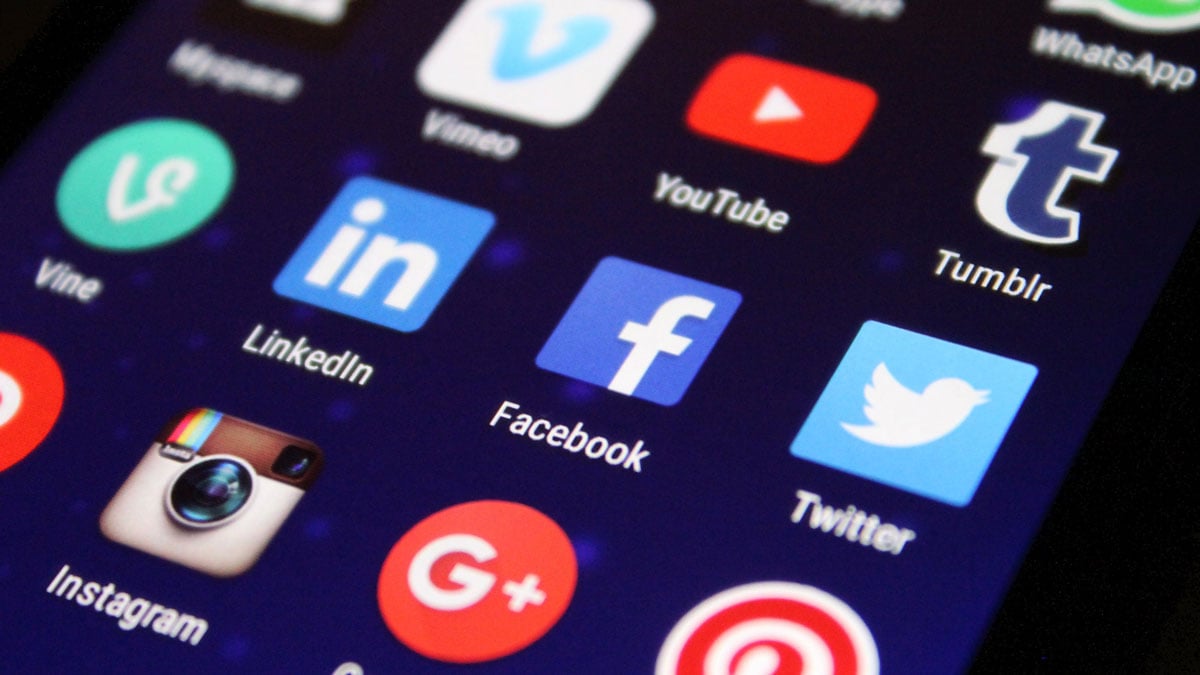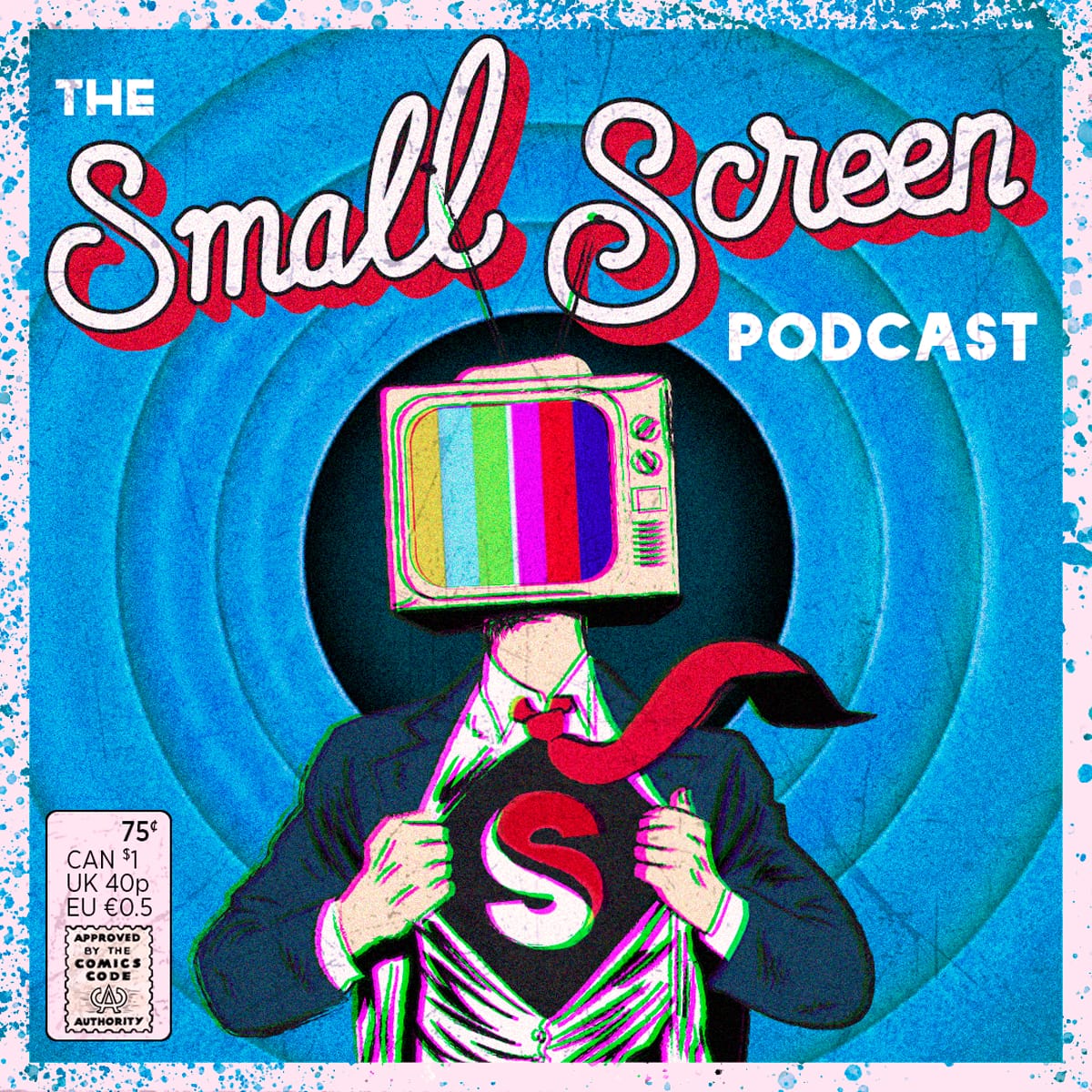Today, it’s hard to remember what life was like before the arrival of the mobile phone. You could only take calls via a landline, and texting was out of the question. It’s also incredible to think just how far mobile technology has advanced since the 1980s when the first mobiles came on the scene, about the size and nearly the weight of a brick.
But the real breakthrough came with the arrival of the smartphone in the form of the Apple iPhone in 2007. Although this wasn’t the first smartphone, that had been launched in 1992, it was the first that was widely available. Android versions soon followed and the app had arrived.
The numbers of these grew exponentially and it’s also incredible to think that today there are around 7 million of them available to download. What’s more, their use is spread across virtually age group with the average smartphone user having over 80 downloaded.
Research has shown that around nine different apps are used each day, with 30 being used in the course of a month. And, just as there are smartphone users across the age range, app usage also covers this too.
Types of app

Credit: Pexels
READ MORE: When Will Squid Game: The Challenge Season 2 Be Released On Netflix?
While the 7 million apps out there mean that there’s one for virtually everything these days, there are six distinct categories that are particularly well represented.
Travel
These apps have a pretty wide generational appeal with users of all ages checking and making their travel arrangements using this category of app. From buying train tickets to completing online check-ins for flights it’s fair to say that they have revolutionized travel in countless ways.
Shopping
The universal success of Amazon also means that this shopping app is used fairly frequently across most age groups. In the world of fashion it may be more the millennials and Gen Zers that tend to shop via an app with older people preferring the one-to-one experience of physically going to shops.
Gaming
This is one category whose apps are definitely more in the wheelhouse of younger smartphone users. From playing versions of console games adapted to mobile play to whiling away time on Candy Crush Gaga and the like, gaming is big. Also hugely popular are betting and sportsbook apps – and you’ll find a wide selection of the best-rated no-deposit bonuses in the UK with Time2Play.
Food delivery
Again, probably more popular with younger generations, food delivery apps mean that virtually any cuisine is just a few clicks away – at least in major urban areas. They’ve provided a real lifeline both for the big brand names like KFC and McDonalds as well as for local fast-food outlets.
Banking
The sheer convenience of using banking apps mean that they have great appeal across all the age groups. The fact that so many branches have closed in the past few years means that more and more of us are relying on online banking, including through apps, to control all aspects of our finances.
Social media
While socials might seem to be a young person’s kind of app these have a surprising level of penetration amongst older generations too. This is especially true when it comes to WhatsApp and Facebook Messenger groups. They may need to be set up by younger members of the group in question, but they’ll then be used enthusiastically used by all ages.
You can add to these many apps that are making a real difference to the world and providing a genuine social benefit. Examples include ones that can help to feed the hungry through simple charity donations to others that can show you how to administer CPR in a medical emergency.
Fitting the features to the age group

Credit: Pexels
READ MORE: My Demon Season 2 Release Date, Cast, Plot, Theories & Predictions
Extensive experience has shown developers which specific features of apps are most appreciated by the various age groups using them.
Baby Boomers, those born in the post-war years up until the mid-60s, look for a straightforward user experience which they can pick up fairly intuitively. This group also tend to be a little suspicious about how their personal data is being collected and used – so transparency is essential.
For Gen Xers, born between around 1965 and 1976, they tend to be busy people so interactions need to be quick and to the point so they can see the value of spending their time on an app.
Millennials and Gen Yers, born up to around 1996, are very tech-savvy and want to make technology work for them. As early adopters by nature, this means that developers can start to push the envelope a little more in terms of user experience.
Gen Zers take things further still. For them it’s all about making online connections. So apps with a strong social element are the order of the day.
As we become more and more reliant on our smartphones going forward we’re likely to see apps with an even wider generational reach – and the challenge for developers will be to build on all of these foundations if they are to truly succeed.
It’s going to be a tough ask, but one that they will undoubtedly conquer.
For those looking to explore more about addresses and locations, try reverse address lookup at Radaris, a tool for finding detailed information about any address.
What do you make of this feature? We’d love to hear from you.















